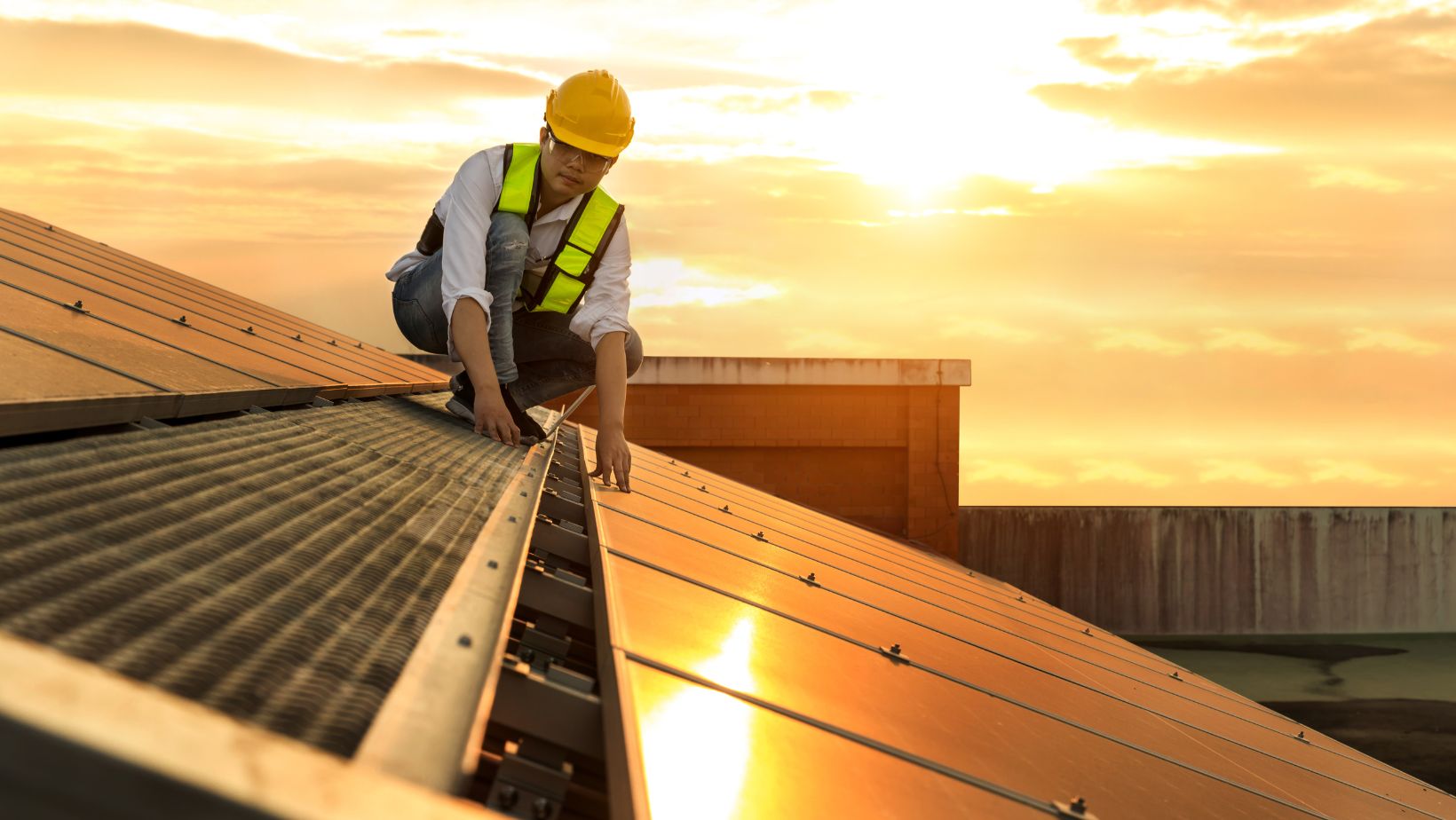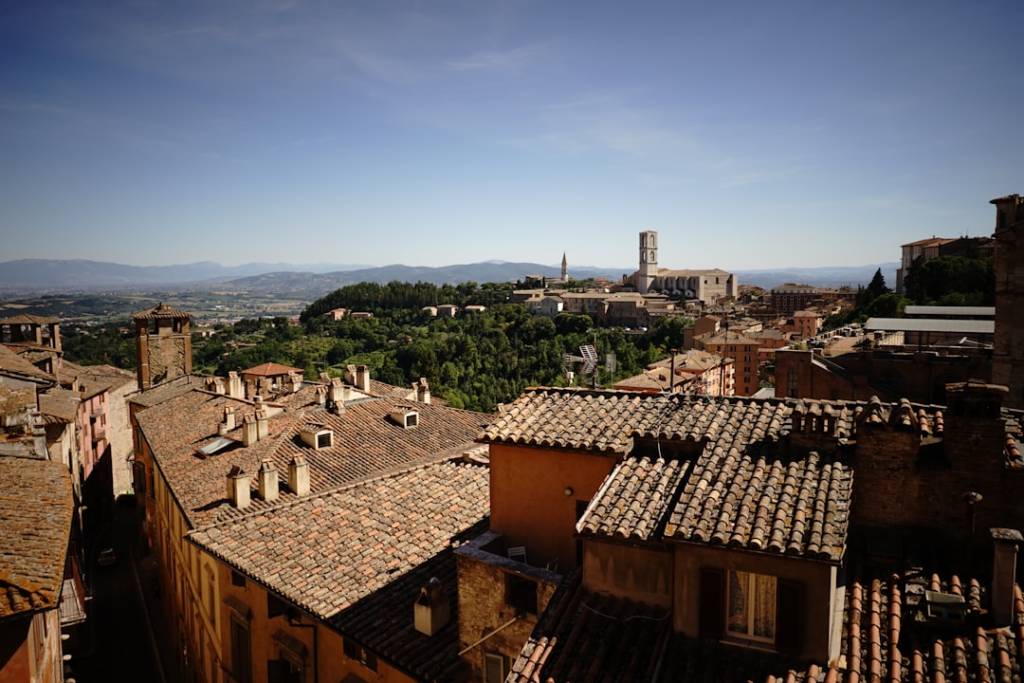When it comes to maintaining a home or commercial building, the condition of the roof is paramount. Over time, roofs are exposed to harsh weather conditions, wear and tear, and aging, all of which can compromise their integrity. Deciding between a roof restoration and a full roof replacement can be challenging, as both options have their advantages and limitations. Understanding the pros and cons of each choice is essential for making an informed decision that aligns with your needs, budget, and long-term goals.
Understanding Roof Restoration
Roof restoration involves repairing and rejuvenating an existing roof to extend its lifespan and improve its functionality. This process typically includes cleaning, repairing damaged sections, resealing, and applying protective coatings. Restoration is an ideal choice for roofs that are structurally sound but showing signs of aging or minor damage.
The Pros of Roof Restoration
One of the primary benefits of roof restoration is its cost-effectiveness. Compared to a full roof replacement, restoration is significantly less expensive because it utilizes the existing roof structure and materials. This option is particularly appealing for property owners on a tight budget or those looking to delay a more substantial investment.
Roof restoration is also an environmentally friendly choice. By repairing and enhancing the current roof rather than discarding it, restoration reduces waste that would otherwise end up in landfills. Additionally, modern restoration materials often include energy-efficient coatings that reflect sunlight, lowering cooling costs and reducing energy consumption.
Another advantage is the relatively short timeline for completion. Restorations typically take less time than full replacements, causing minimal disruption to daily activities. For businesses, this means less downtime and fewer interruptions to operations.
The Cons of Roof Restoration
While roof restoration has many benefits, it’s not suitable for every situation. If a roof is severely damaged, has extensive leaks, or is nearing the end of its lifespan, restoration may only provide a temporary fix. In such cases, the underlying issues may resurface, leading to additional costs in the long run.
Restoration is also limited in its scope. It cannot address significant structural problems or replace roofing materials that are beyond repair. Additionally, the effectiveness of restoration depends on the condition of the existing roof and the quality of the materials and workmanship.
Exploring Full Roof Replacement
Full roof replacement involves completely removing the old roof and installing a new one. This process ensures that the entire roofing system is updated, including the underlayment, insulation, and covering materials. Roof replacement is often chosen when the existing roof is too damaged or outdated to be salvaged.
The Pros of Roof Replacement
The most significant advantage of a full roof replacement is its longevity. A new roof provides a fresh start and eliminates concerns about existing damage or wear. Modern roofing materials are designed to last for decades, offering long-term peace of mind and minimizing future maintenance needs.

Roof replacement also allows for a complete upgrade of the roofing system. Property owners can choose newer, more durable materials that improve energy efficiency, enhance curb appeal, and provide better protection against extreme weather. This is particularly beneficial for those living in regions prone to storms, heavy rainfall, or high winds.
Another benefit is the opportunity to address underlying issues. A full replacement ensures that structural problems, such as water damage or compromised insulation, are resolved. This comprehensive approach prevents future complications and increases the overall value of the property.
The Cons of Roof Replacement
One of the primary drawbacks of roof replacement is its cost. Replacing an entire roof is a significant investment, often costing several times more than a restoration. While the long-term benefits may justify the expense, the upfront cost can be a barrier for some property owners.
Roof replacement is also a time-intensive process. Removing the old roof, inspecting the structure, and installing a new system requires more time and labor than a restoration. This extended timeline can cause inconvenience, especially for businesses or homeowners who need immediate results.
Also, the environmental impact of a full roof replacement is higher. Disposing of old roofing materials generates waste, and the production of new materials consumes resources. While recycling options exist for some materials, not all roofing systems can be disposed of sustainably.
Deciding Between Restoration and Replacement
Choosing between roof restoration and replacement depends on several factors, including the condition of the existing roof, the property owner’s budget, and long-term goals. For roofs that are still in relatively good condition but require some attention, restoration offers a cost-effective and environmentally friendly solution. It can extend the roof’s lifespan by several years and improve energy efficiency without the need for a full overhaul.
On the other hand, roofs with extensive damage, structural issues, or outdated materials are better suited for a full replacement. While the initial cost is higher, the investment ensures a durable, efficient, and modern roofing system that adds value to the property and provides long-term protection.
The Role of Professional Assessment
Determining whether restoration or replacement is the ideal choice often requires the expertise of a roofing professional. A thorough inspection can identify issues such as leaks, sagging, missing shingles, or structural damage.

Professionals can also assess the age of the roof, the type of materials used, and any previous repairs to provide tailored recommendations. For example, a contractor specializing in roof restoration vs. replacement can help property owners weigh the pros and cons of each option. Their insights ensure that the chosen solution aligns with the property’s needs and the owner’s budget, avoiding unnecessary expenses or temporary fixes.
Maximizing the Benefits of Your Decision
Once you’ve decided on restoration or replacement, maximizing the benefits requires choosing high-quality materials and skilled contractors. For restoration, ensure that the coatings, sealants, and repairs are applied correctly to achieve optimal results. For replacements, select durable and energy-efficient materials that enhance the roof’s performance and longevity.
Regular maintenance also plays a crucial role in preserving the condition of the roof. Whether you’ve restored or replaced it, periodic inspections, cleaning, and minor repairs help extend the lifespan of the roofing system and prevent costly issues down the line.
Both roof restoration and replacement have their advantages and limitations, and the right choice depends on the unique circumstances of your property. Restoration offers an affordable and eco-friendly solution for roofs in good condition, while replacement provides a comprehensive and long-lasting fix for more extensive issues. By carefully considering the factors involved and consulting with experienced professionals, property owners can make an informed decision that protects their investment and ensures long-term satisfaction.
